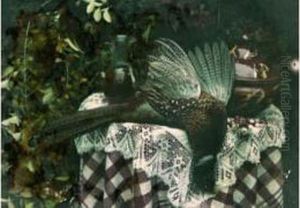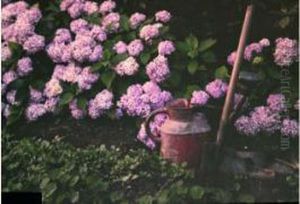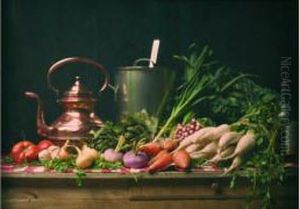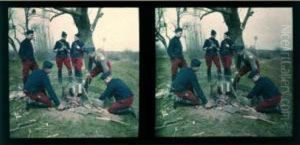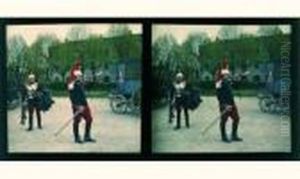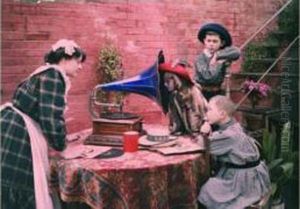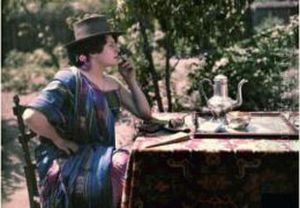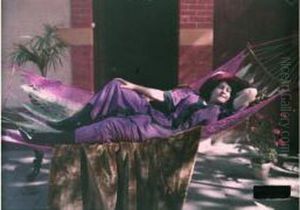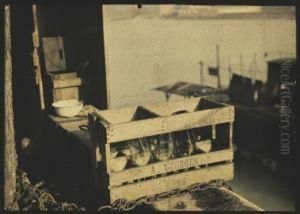Jean Baptiste Tournassoud Paintings
Jean Baptiste Tournassoud was a significant figure in early 20th-century photography, born on April 3, 1866, in Bourg-en-Bresse, France. Aside from his contributions to the world of photography, he is also known for his military career, where he reached the rank of Colonel in the French Army.
Tournassoud was deeply involved in the development of autochrome, the first commercially successful color photography process. As a friend of the Lumière brothers, who invented the autochrome process, Tournassoud was one of the early adopters and promoters of this technique. His role in the popularization of color photography was considerable, and he became known for his vivid images that captured both the beauty of the French countryside and the horrors of war.
During World War I, Tournassoud served as the head of the French Army's Photography and Cinematography section, where he played an integral role in documenting the war. His photographs from this period provide a rare color glimpse into the life at the front and are considered historically valuable. His military background gave him unique access to the front lines, allowing him to capture images that would have been difficult for civilian photographers to take.
After the war, Tournassoud continued to photograph, write, and lecture about photography. His works were exhibited in various venues, and his expertise in the field was widely recognized. He was a member of several photographic societies and contributed to the advancement of photographic arts through his engagement with these communities.
Jean Baptiste Tournassoud's legacy is marked by his dual contributions to both the military and to photography. His images remain a testament to the early days of color photography and provide an important historical record of France during a time of great upheaval. He passed away on January 5, 1951, leaving behind a body of work that continues to be appreciated by historians and photography enthusiasts alike.
